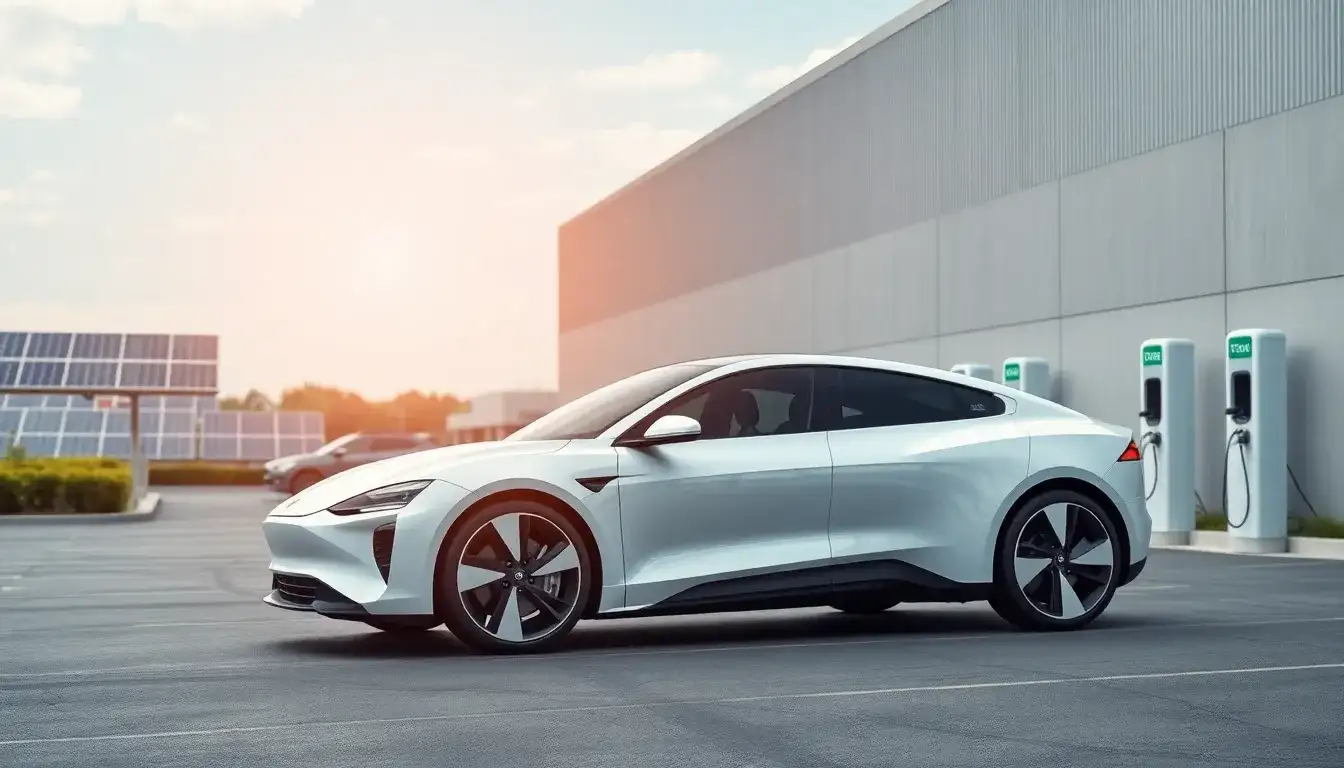
Will major cities’ electric vehicle charging infrastructures be able to keep up with demand? This question is becoming increasingly pertinent as cities around the world strive to support the rising number of electric vehicles (EVs). The growing adoption of EVs, coupled with the increasing complexity of power supply and charging systems, highlights the need for efficient solutions.
Recent reports indicate that by 2025, the market for electric vehicles is expected to reach significant milestones. According to data, the global electric vehicle battery production capacity is projected to exceed 600 GWh, with major manufacturers ramping up their output to meet the anticipated demand.
For instance, leading companies are planning to introduce new models that utilize advanced battery technologies, such as the 4680 lithium-ion battery, which promises higher energy density and improved performance. As these technologies evolve, the competition among manufacturers will intensify, particularly in the context of supply chains and production capacities.
As of April 2024, it is estimated that electric vehicle production will require approximately 531.5 GWh of battery capacity, a noteworthy increase from previous years. In the past three years, the production of electric vehicle batteries has seen consistent growth, with projections indicating that the demand for electric vehicles will continue to rise substantially.
Furthermore, the advancements in battery technology, including the development of solid-state batteries, are expected to revolutionize the market. These batteries are anticipated to offer longer lifespans and greater efficiency, making them a key player in the future of electric vehicles.
In the coming years, the integration of electric vehicles into the general transportation infrastructure will be crucial. As cities expand their charging networks, strategies for managing power supply will become increasingly important. The use of renewable energy sources to power these charging stations will be essential in minimizing the carbon footprint associated with electric vehicle usage.
By 2026, the aim is to have an extensive charging infrastructure in place to support the growing number of electric vehicles on the road. The collaboration between manufacturers, governments, and energy providers will play a pivotal role in achieving these goals.
In summary, as electric vehicles continue to gain traction, the demand for efficient and reliable charging infrastructure will only increase. Major cities must prepare to adapt their energy systems to accommodate this shift, ensuring that they can meet the needs of future electric vehicle users.







